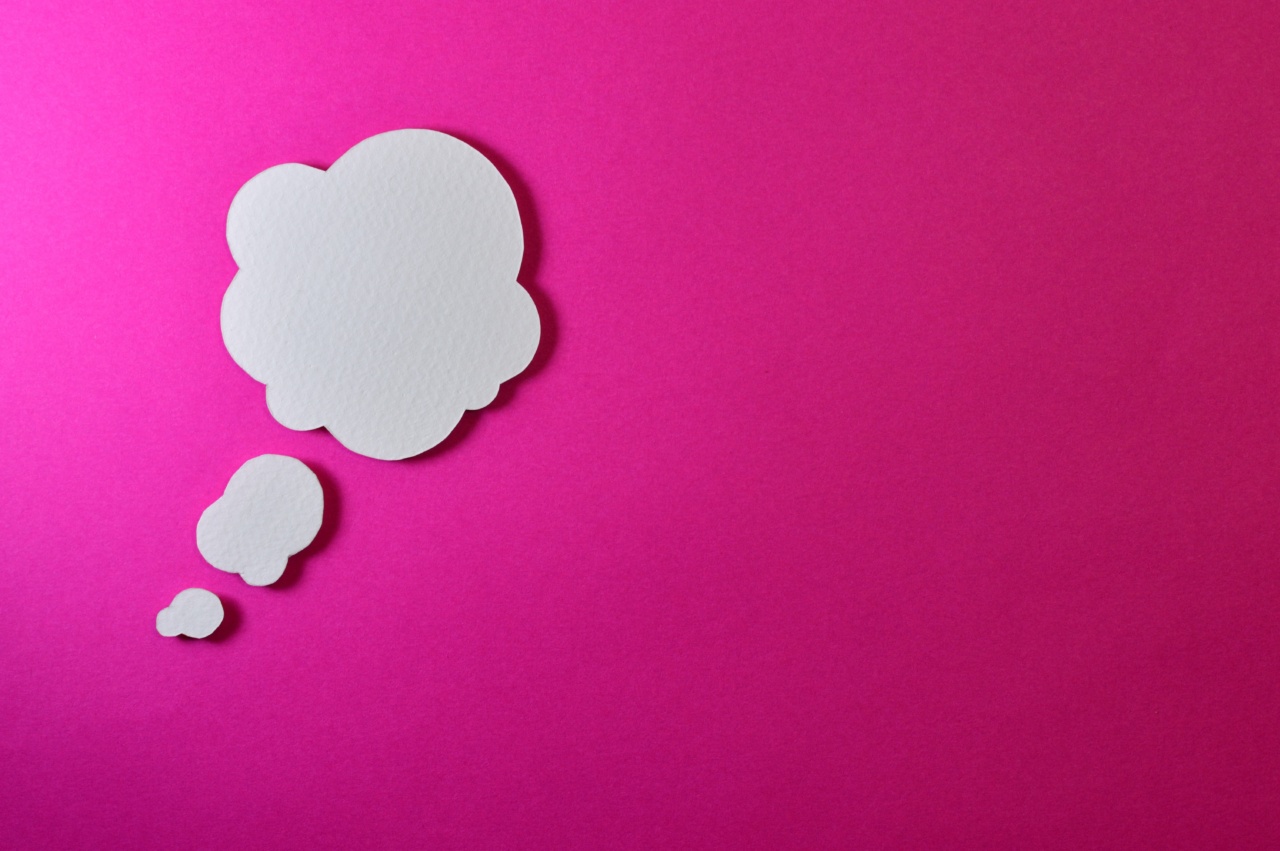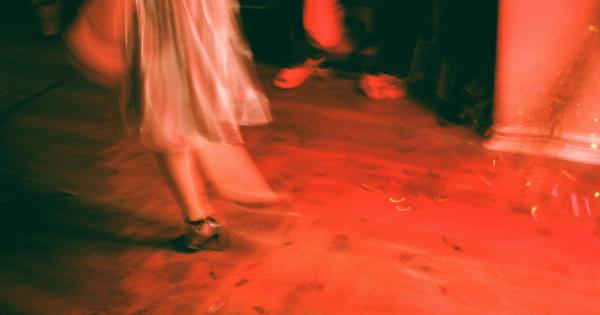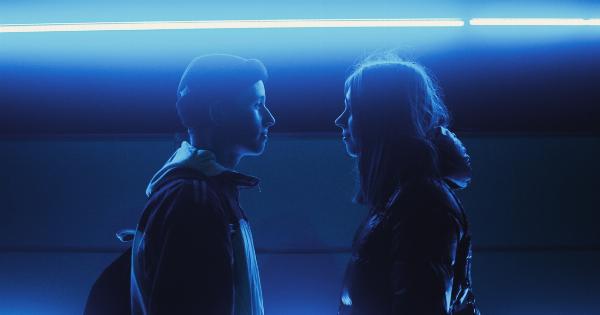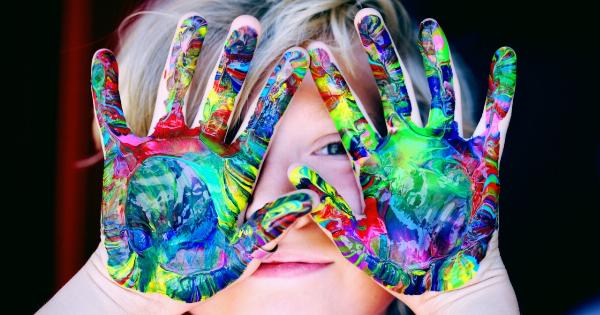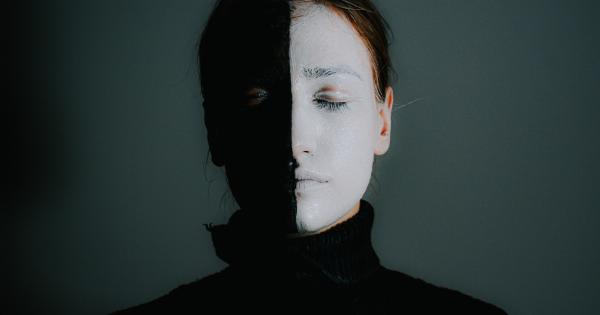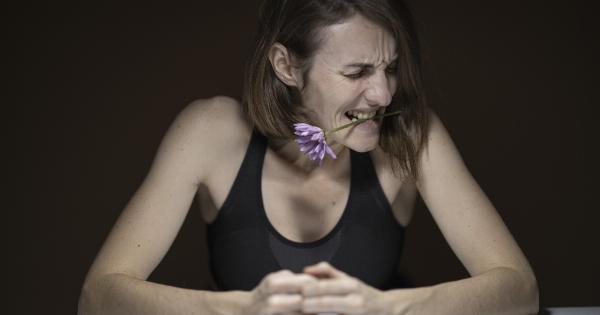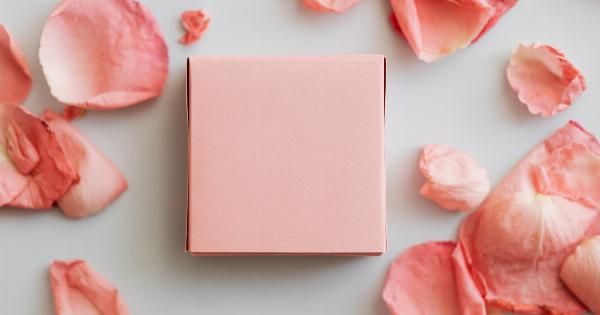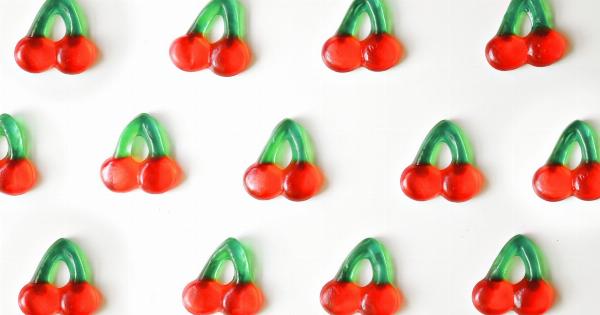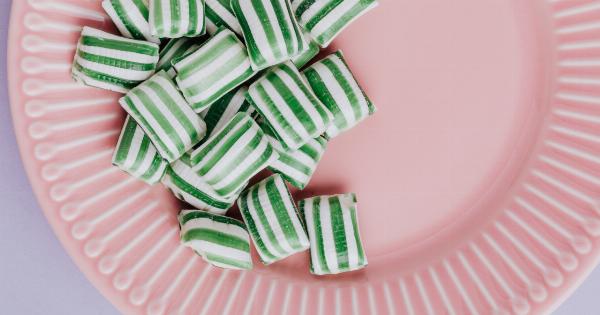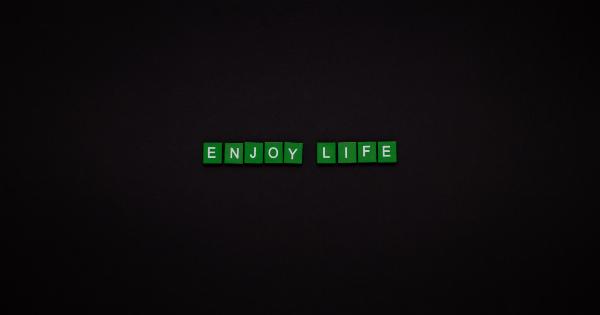Colors have a profound impact on our emotions and thoughts. They have the power to evoke certain feelings, moods, and even influence our behavior.
Whether we realize it or not, the colors that surround us on a daily basis play a significant role in shaping our experiences and perceptions of the world. In this article, we will explore how different colors can affect our emotions and thoughts, and why it is important to understand their influence.
The Psychology of Color
Color psychology is the study of how colors affect human behavior and emotions. Different colors have unique psychological effects that can influence our mood, perception, and even physiological reactions.
Researchers have found that color can impact everything from our productivity and concentration to our appetite and sleep patterns. Understanding the psychology of color can help us make more informed choices about the colors we surround ourselves with.
Red: Passion, Energy, and Power
Red is a color often associated with intense emotions like passion, love, and anger. It is also known to increase heart rate and blood pressure, evoking a sense of energy and excitement.
Red can be stimulating and attention-grabbing, making it a popular choice for marketing and advertising. However, excessive exposure to red can also lead to feelings of restlessness and agitation.
Blue: Calmness, Serenity, and Trust
Blue is often described as a calming and soothing color that promotes feelings of relaxation and tranquility. It is associated with qualities like trust, loyalty, and dependability.
Blue has been found to reduce stress and anxiety, making it a popular choice in environments where people want to create a sense of calm, such as bedrooms or meditation spaces. However, too much blue can create a feeling of sadness or melancholy.
Yellow: Happiness, Optimism, and Creativity
Yellow is a bright and cheerful color that is often associated with happiness, positivity, and energy. It is believed to stimulate both the mind and the nervous system, promoting creativity and innovation.
Yellow can also evoke feelings of warmth, making it an excellent choice for spaces where people gather and socialize. However, excessive yellow can lead to feelings of frustration or agitation.
Green: Harmony, Balance, and Renewal
Green is a color that signifies nature, renewal, and growth. It is often associated with feelings of harmony, balance, and a sense of security.
Green is known to have a calming effect on the mind and body, making it an excellent choice for spaces where relaxation and concentration are desired, such as offices or study areas. Green is also linked to feelings of envy or jealousy in certain contexts.
Purple: Creativity, Luxury, and Spirituality
Purple is a color often associated with royalty, luxury, and wealth. It is also linked to creativity, imagination, and spirituality.
Purple has a soothing and calming effect on the mind, making it a popular choice for bedrooms or spaces dedicated to relaxation and meditation. However, excessive purple can be overwhelming and create a sense of introspection or isolation.
Orange: Energy, Enthusiasm, and Sociability
Orange is a color that combines the energy and excitement of red with the cheerfulness and optimism of yellow. It is often associated with enthusiasm, sociability, and adventure.
Orange can create a sense of warmth and comfort, making it a popular choice for social spaces like living rooms or dining areas. However, too much orange can be overpowering and lead to feelings of frustration or self-indulgence.
Brown: Stability, Security, and Earthiness
Brown is a color that is often associated with qualities like stability, security, and a sense of groundedness. It creates a feeling of warmth and safety, making it a popular choice for home decor and furniture.
Brown is also linked to the natural world, representing earthiness and simplicity. However, excessive use of brown can create a sense of dullness or heaviness.
Black: Power, Elegance, and Mystery
Black is a color that is often associated with power, elegance, and sophistication. It signifies strength and authority, making it a common choice for formal occasions or professional settings. Black can also evoke a sense of mystery and depth.
However, it can also be associated with negativity or feelings of emptiness if used excessively.
White: Purity, Simplicity, and Clarity
White is a color often associated with purity, innocence, and cleanliness. It represents simplicity and clarity, making it a popular choice for minimalist designs and spaces.
White can create a sense of openness and spaciousness, making rooms feel larger and more airy. However, too much white can create a sense of sterility or coldness.
Gray: Neutrality, Balance, and Reliability
Gray is a color that represents neutrality, balance, and reliability. It is often used as a backdrop or base color in design to provide a sense of stability and grounding.
Gray can create a calming effect on the mind and evoke feelings of relaxation and tranquility. However, excessive use of gray can create a sense of dullness or depression.
Conclusion
The colors that surround us have a powerful impact on our emotions and thoughts. From evoking feelings of passion and energy to promoting relaxation and tranquility, each color has its own unique psychological effects.
By understanding the psychology of color, we can make conscious choices about the colors we surround ourselves with and create environments that support our desired emotions and thoughts.
